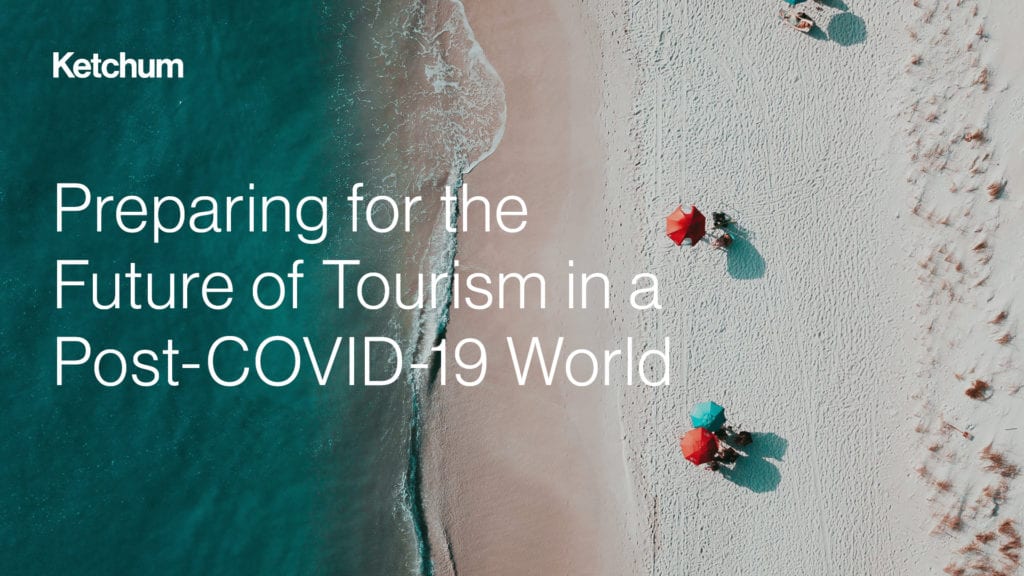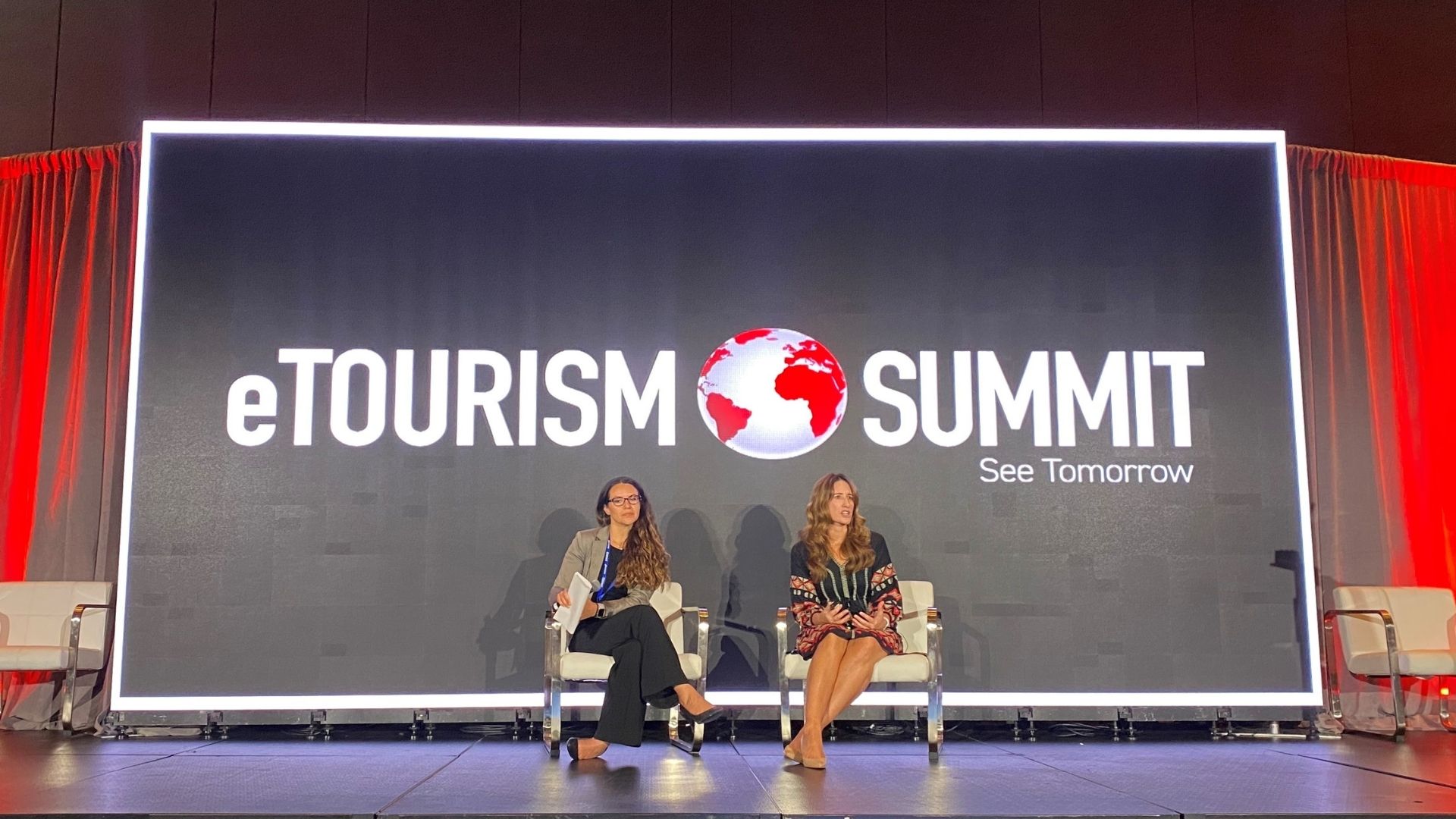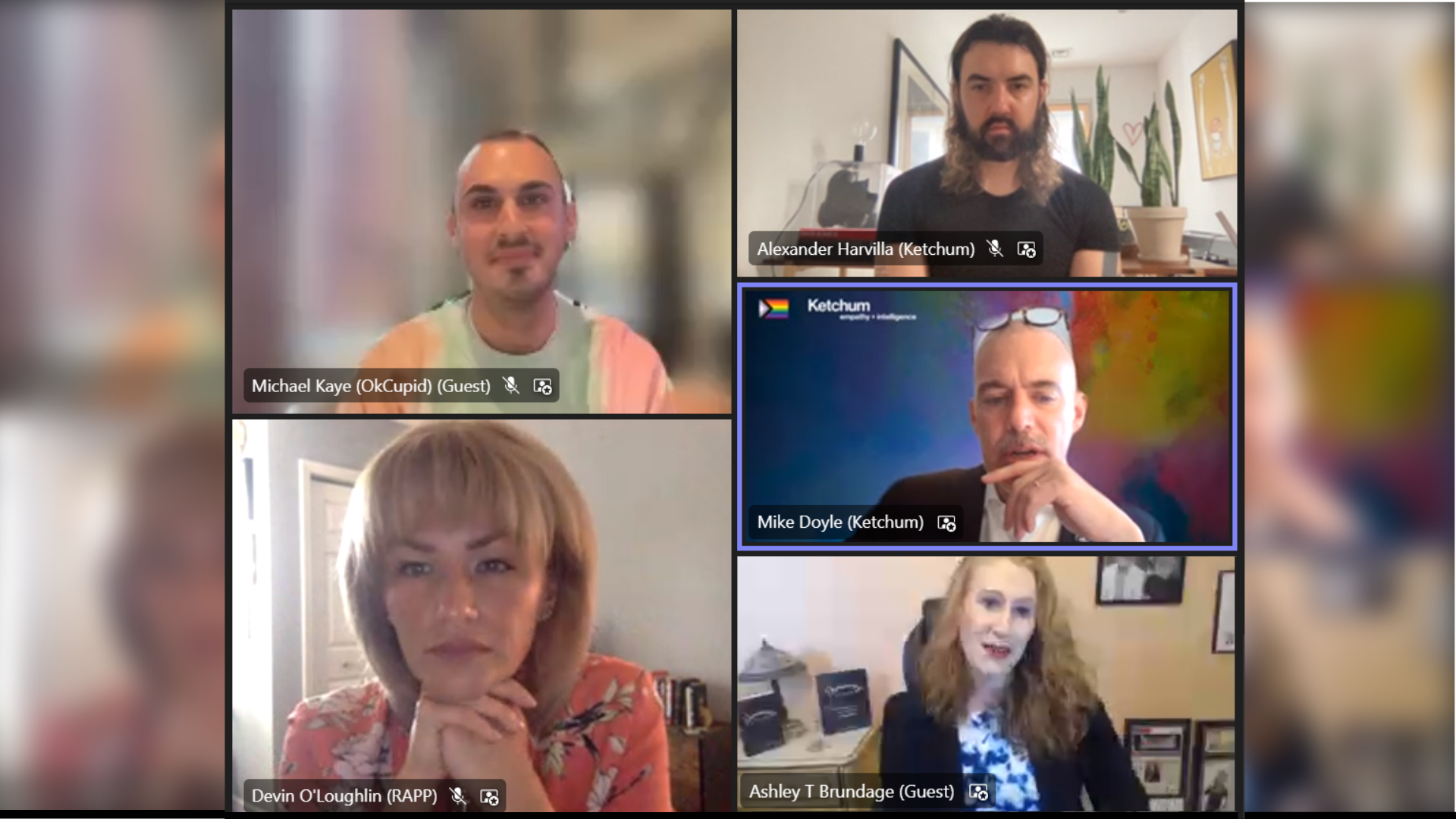The coronavirus crisis is having massive impacts on the tourism industry—many of which will reshape the industry’s future landscape. What actions should the stakeholders of this industry be taking today from a marketing and communications perspective? The truth is no one knows for sure; we’re all figuring this out together. However, a business-as-usual approach is almost certainly wrong because there is nothing “usual” about this new life we’re all living and what’s happening to the tourism industry right now.

One of the toughest assignments we’ve ever worked on as a communications consultancy was the disappearance of Malaysia Airlines Flight 370. The big breakthrough only came when we stopped treating it like a standard aviation incident and acknowledged it was an unprecedented event that required an unprecedented response.
The same mindset applies to the current COVID-19 crisis. There are no rules or playbook for this situation, and the right answer is constantly shifting. The industry can’t be limited by the thinking of the past or the tried and true. However, in a recent webinar we hosted with City Nation Place we shared several practical principles that will help put the industry in a better place once we get to the rebound stage of this crisis.
- Get the tone right. In today’s serious environment of virus fears, travel restrictions, shelter-in-place mandates and economic turmoil, it’s essential to hit the right tone with all your communications and marketing. If you haven’t already done so, take a close look at your pre-programmed paid efforts (across digital and social media, and other channels) and all your earned media outreach to ensure the tone is appropriately sensitive and respectful of the current situation.
- Coordinate, collaborate and rise together instead of going at it alone. There is an old adage in the food industry that food safety should not be a competitive advantage. What that means is no one in the industry benefits if consumers think the food supply might be unsafe. Industry players still compete for share of wallet, but not by actively suggesting other players are less safe. As the tourism industry strives to regain its footing, it should adopt a similar mindset—embracing a collective, mutually beneficial and coordinated approach. A rising tide lifts all boats.
- Choose the right messengers. Identify the most credible sources to tell your story. This is a classic situation where the voices will be as important as the messages. The right voices will vary depending on the market/region and may differ across the diverse segments of the industry. But they will matter, and they likely will be different than before this crisis started.
- Show, don’t just tell. In a crisis, words mean nothing unless they are backed up by visible action. For example, you can’t just say “things are getting back to normal”; you have to show it in a credible way. Also, remember visuals, especially for the travel industry, are key. We’ve seen how important they can be as destinations respond from a crisis.
- Monitor the pulse of travel media. Although pushing immediate travel right now is not a popular choice, there are still many opportunities to maintain share of voice, be visible in the right ways and build brand equity through media relations. Maintain strong relationships with journalists and know what they are currently covering as many have shifted beats during this crisis. Our Travel team just surveyed more than 100 U.S. travel journalists who confirmed that as long as the content is sensitive to the situation at hand, there is appetite for it in the earned media space. Also keep in mind that these journalists will want to be part of the industry’s rebound, so it’s important to be ready with compelling storytelling and keep in sync with the evolving coverage interests of key players.
- Look for targeted opportunities. Whether you should stop, reduce or increase your marketing efforts depends on who you are and the context surrounding your business (DMO, hotel, cruise, airline, OTA, etc.). For example:
- An off-the-beaten path destination that travelers can enjoy during these times because its accessible to a major drive market might want to promote weekend escapes away from the work-from-home and home-schooling weekday struggles.
- An airline that primarily services countries with travel bans wouldn’t promote immediate travel but might consider reminding its loyal travelers of the essence of its brand and the destination they represent—whether that is unique cultural hospitality or innovation—and show a strong human side during these times.
- Similarly, for a destination with shelter-in-place restrictions, while you’d likely pause paid marketing efforts that drive immediate travel, you might consider creative ways to bring the destination into consumers’ homes and begin to plan for travel peaks further into the year.
- A cruise line, as it shuts down operations for the month ahead, might consider promoting messages that help change wrongful perceptions COVID-19 has caused. It might also want to think about compelling summer vacation packages with flexible policies to give consumers peace of mind.
The new normal
While the exact timeline of recovery is unclear (many predict a possible two- to six-month window) the impact will eventually pass. Once this is all over, people will travel again. However, we need to understand now that the tourism industry will be facing a new post-COVID-19 reality where companies are all vying for the hearts and minds of wary travelers—likely in some form of a sustained economic downturn driven by this crisis.
The new normal will likely include everything from the minutiae of sanitation practices (and consumers wanting to know more about them) to broader topics such as the health of nations/regions/ports-of-call, the role of travel insurance, and issues unique to specific modes of travel (e.g., is social distancing possible in modern air travel)?
Also, as price-sensitive travelers may be looking to trade down on products and amenities, we’ll see shorter booking windows, and possibly more trips with lower spends and much briefer itineraries. But there may be more—we need to use this time to begin to anticipate what that new normal might look like and prepare for it.
Major crises like COVID-19 almost always fundamentally change and evolve the status quo. As such, it’s not just a matter of getting the tourism industry’s engine restarted. Instead, the collective tourism stakeholder ecosystem must understand what has changed, and what will best position the industry to grow together and become a global force once again in the new normal.
We’ll be working closely with the industry to help understand and, where possible, define the evolution of post-COVID-19 tourism. We are optimistic that soon enough we’ll all be able to—through a different lens—explore the world with newfound appreciation.




